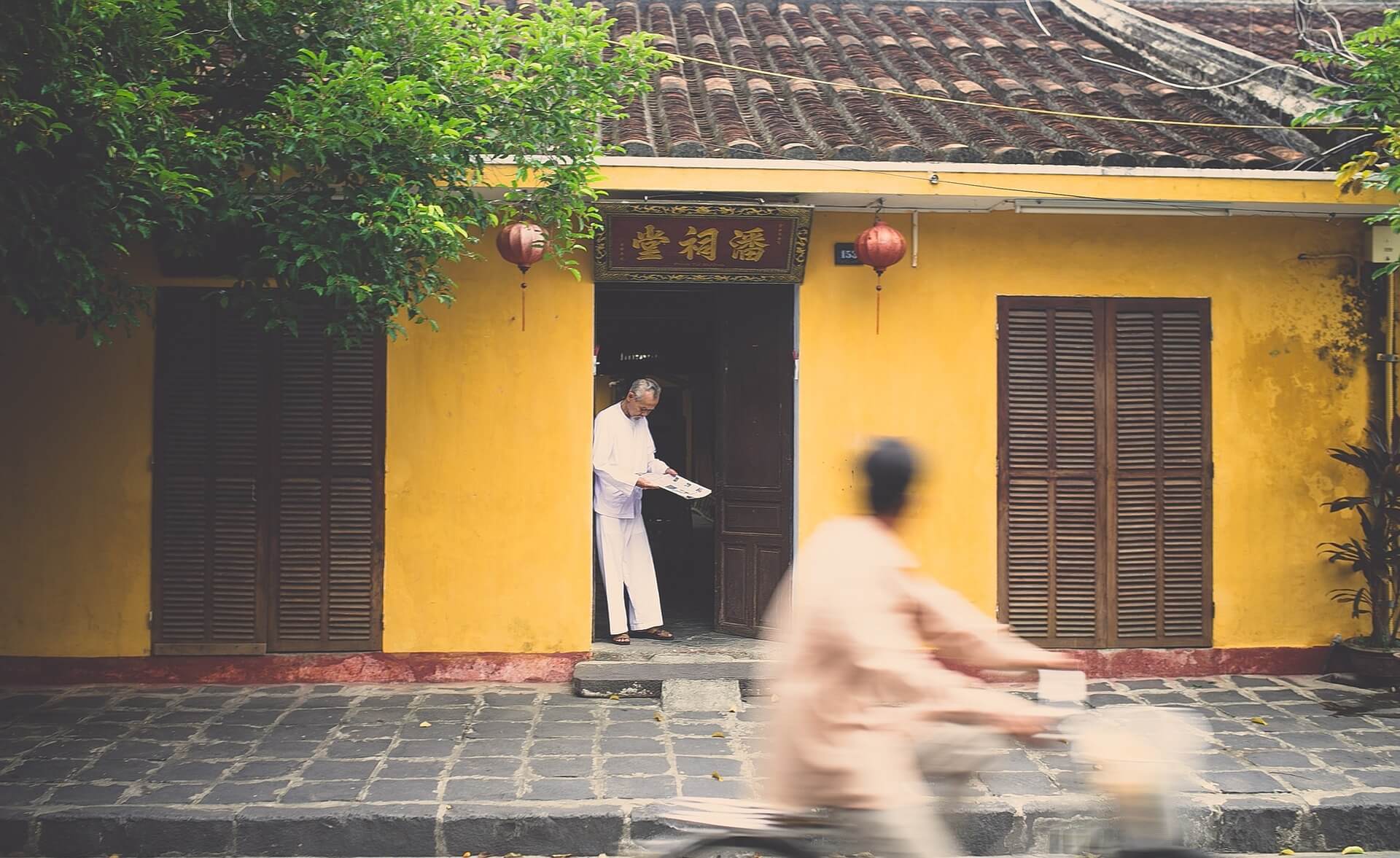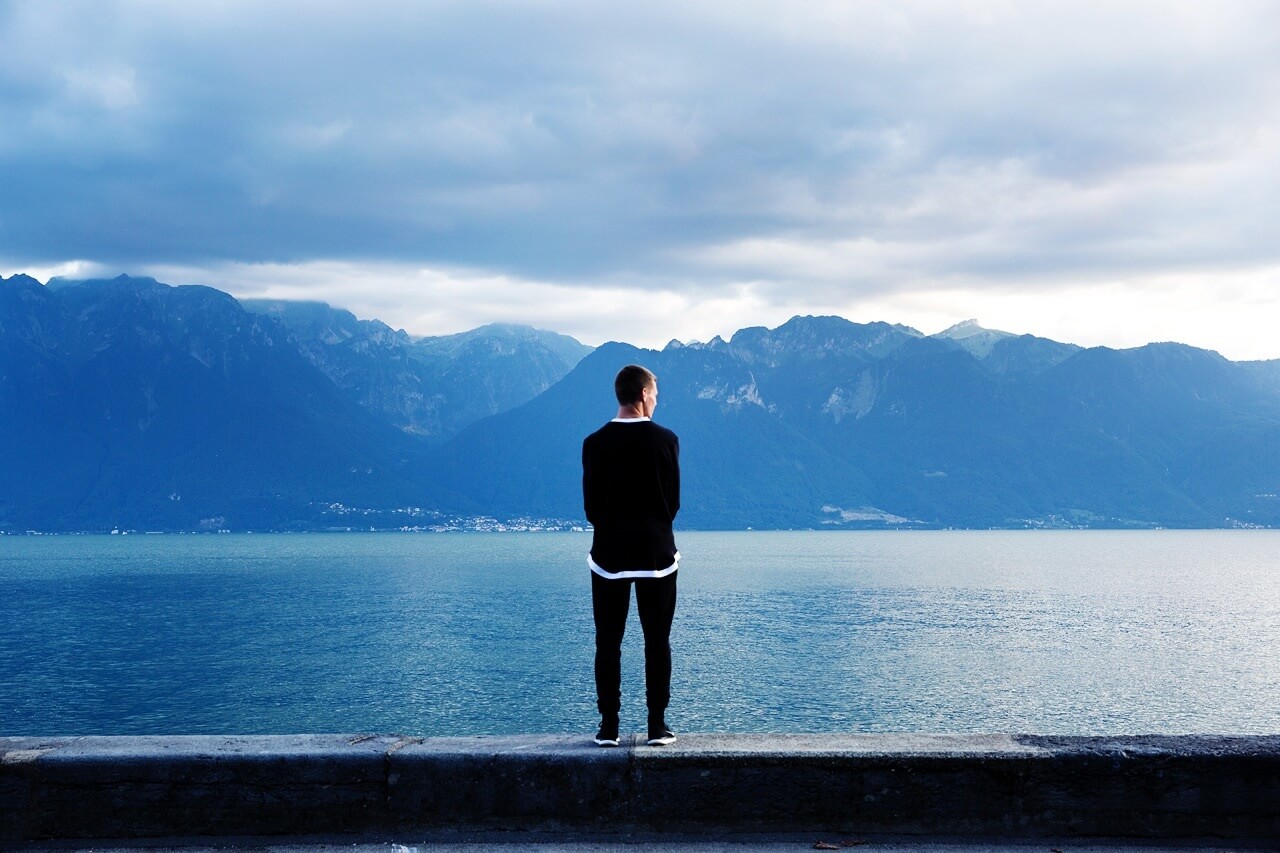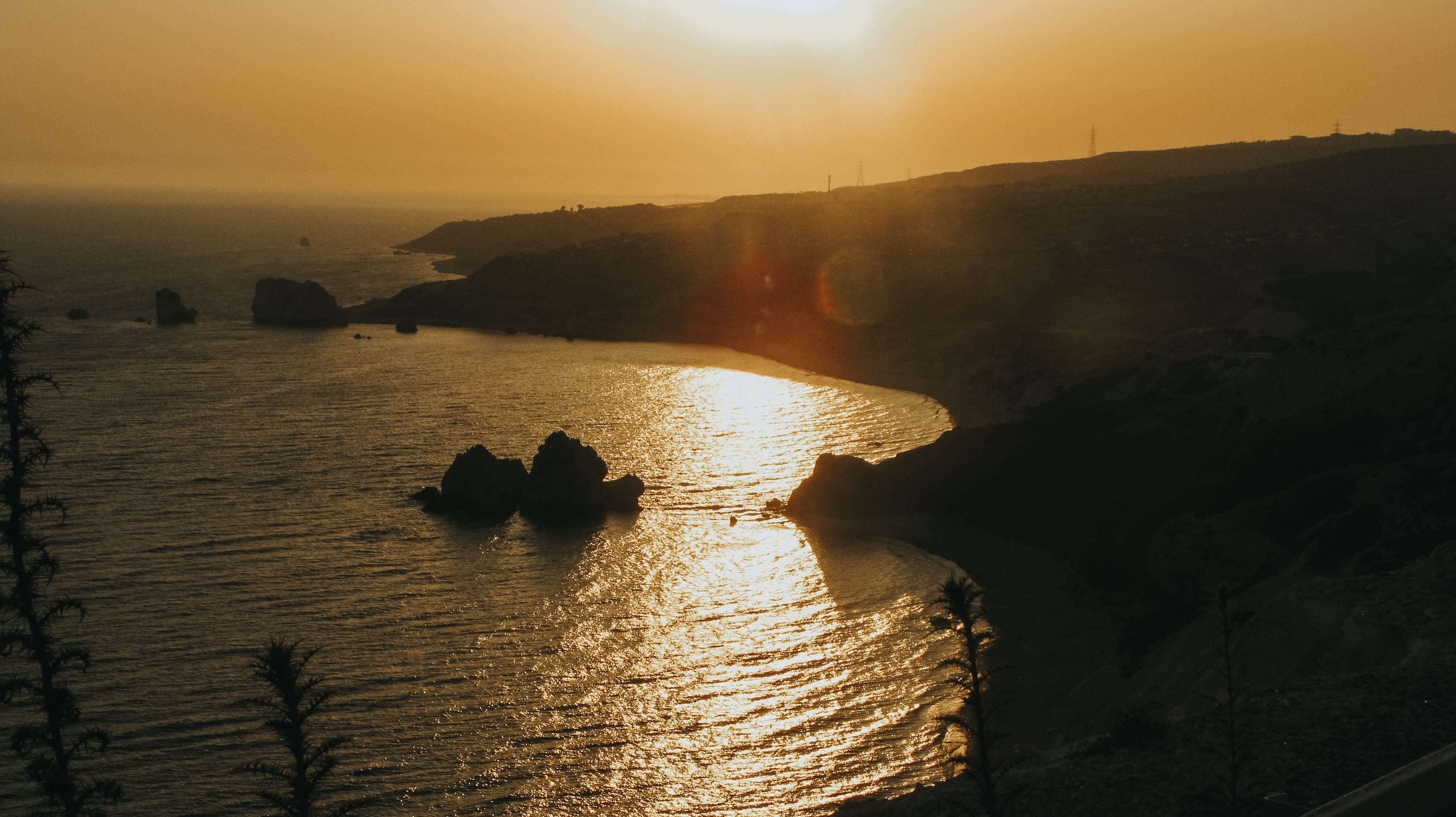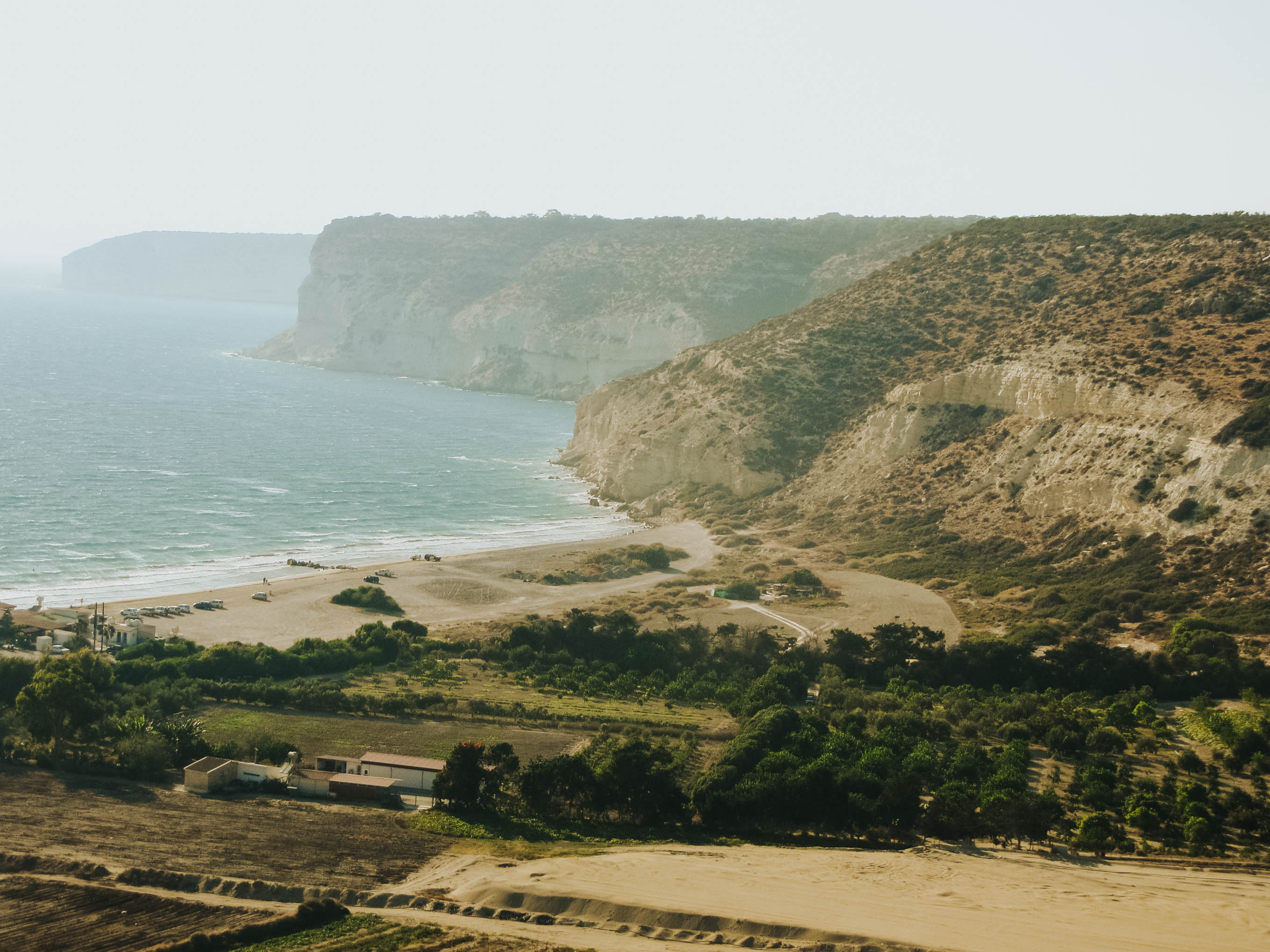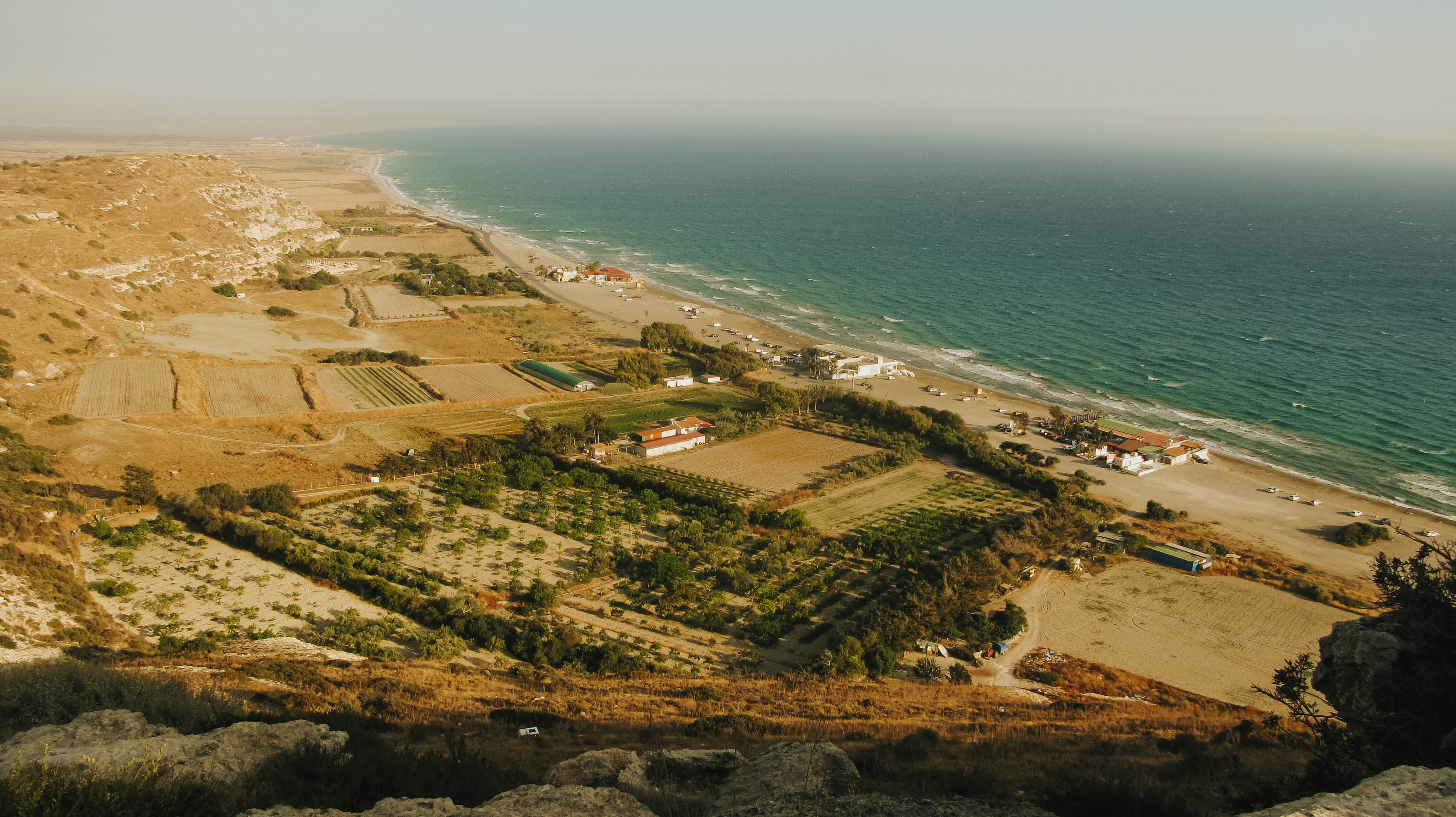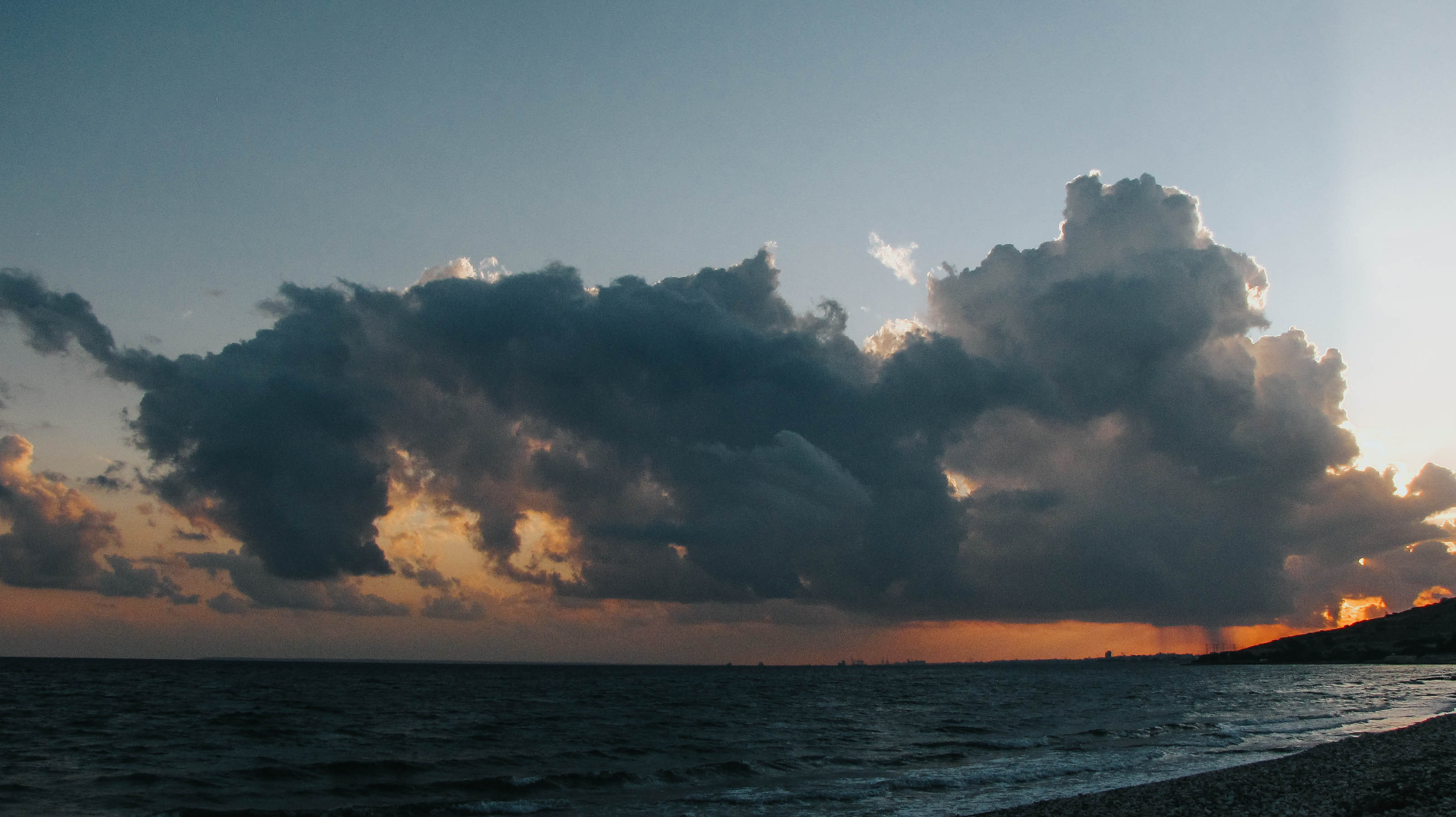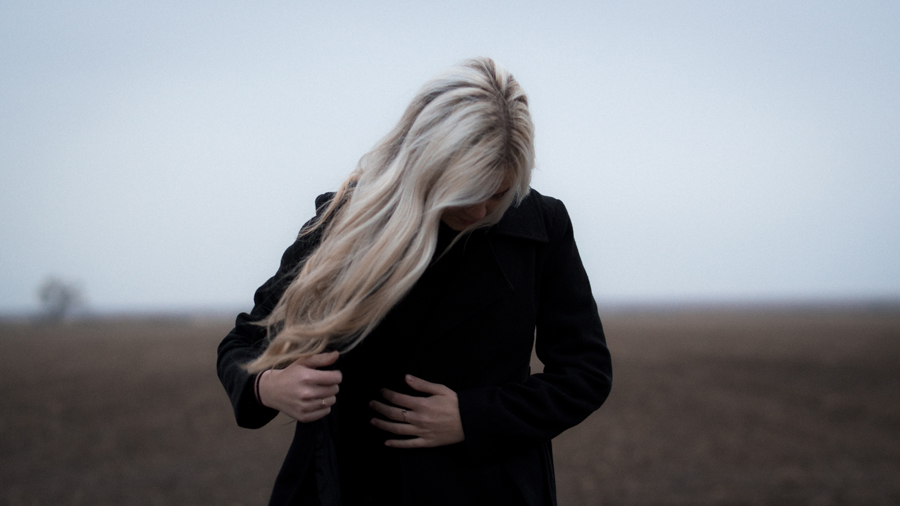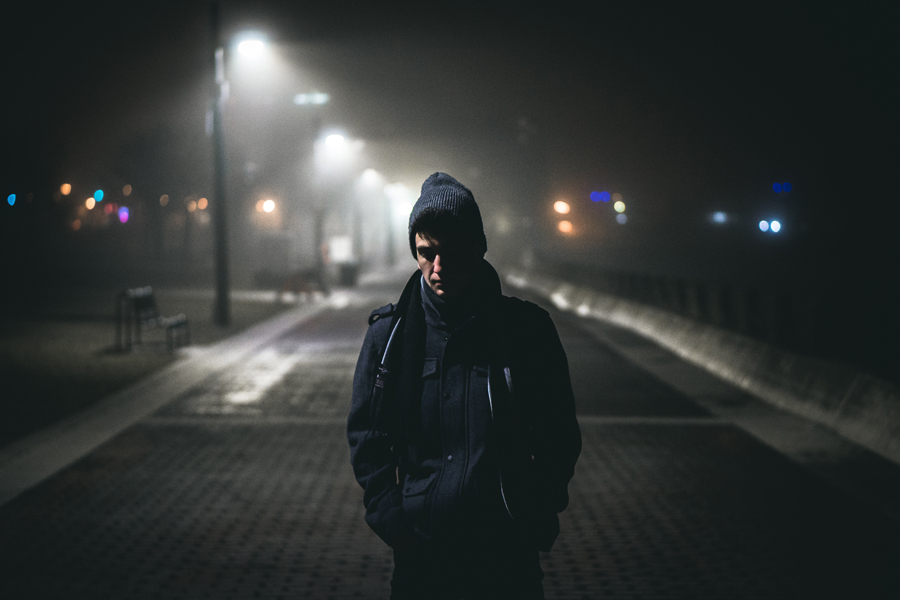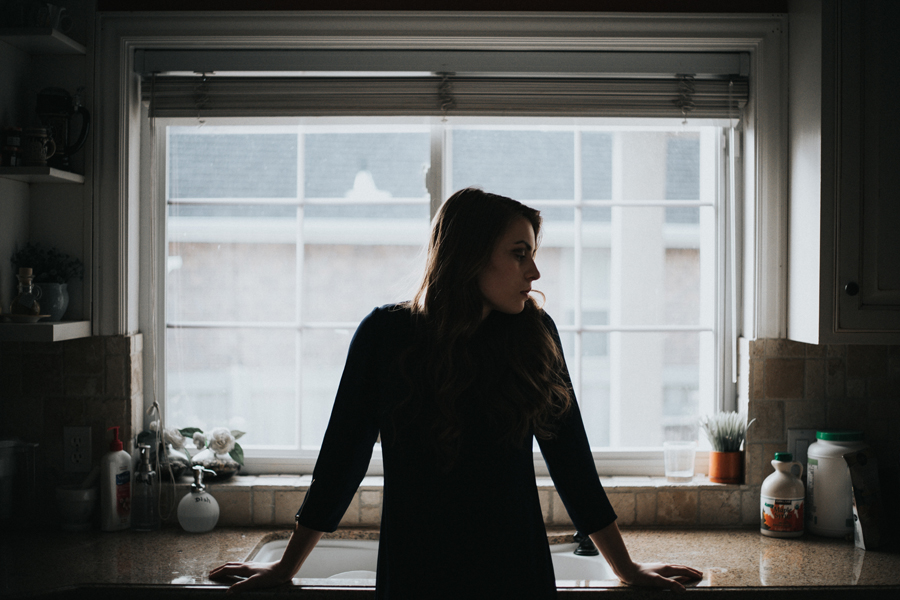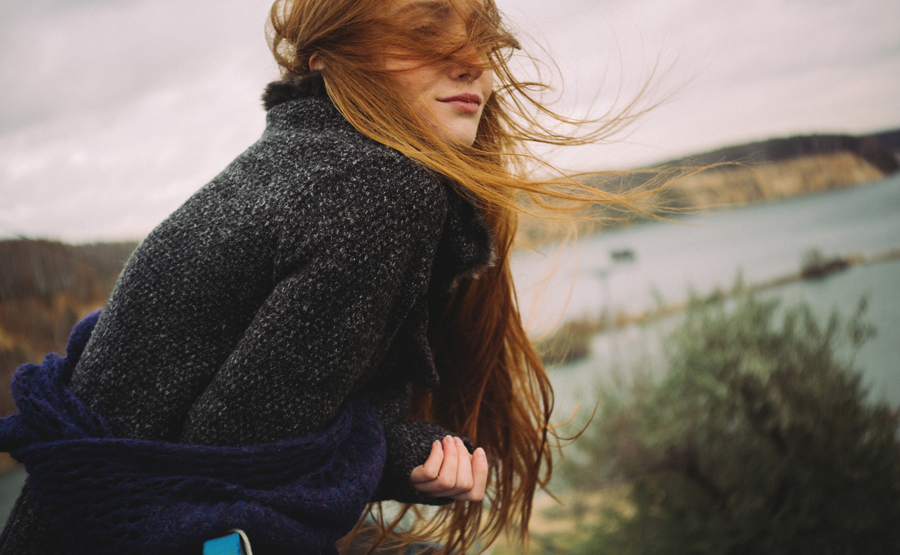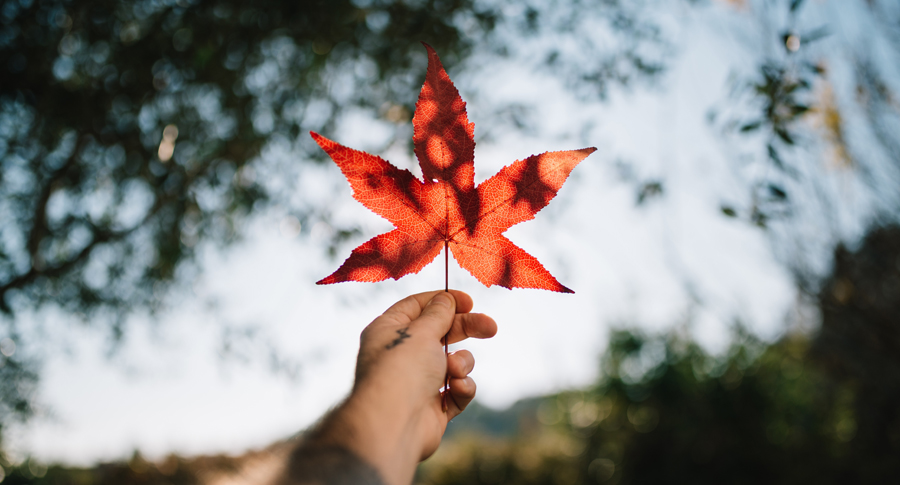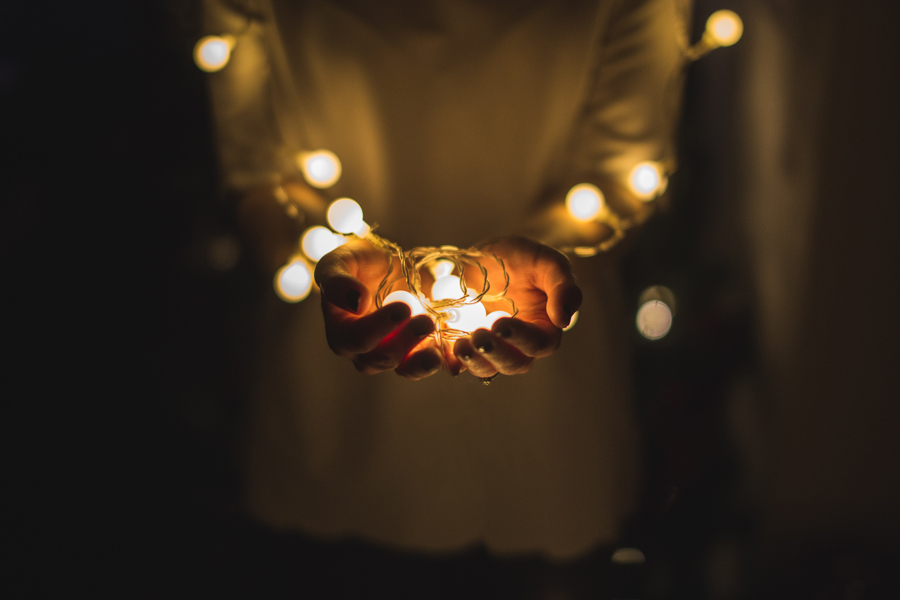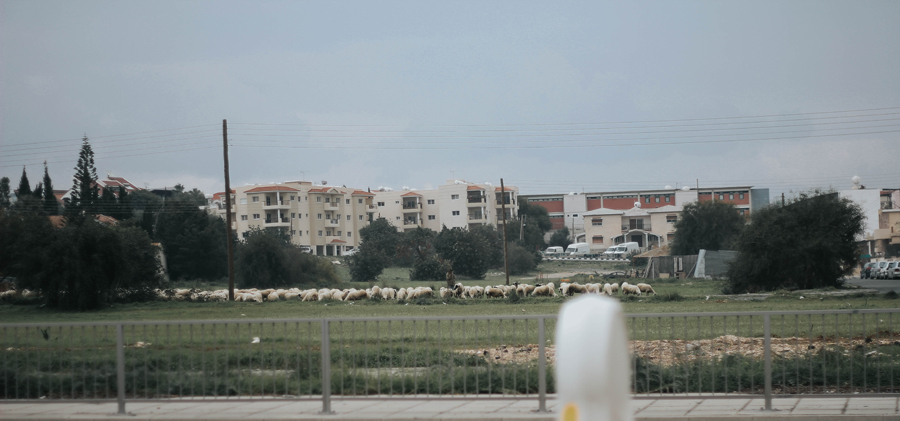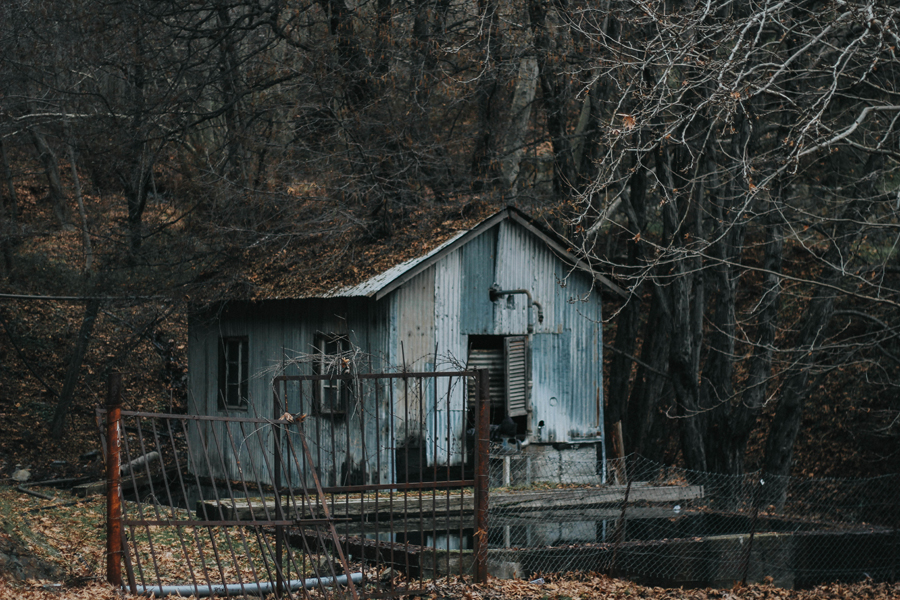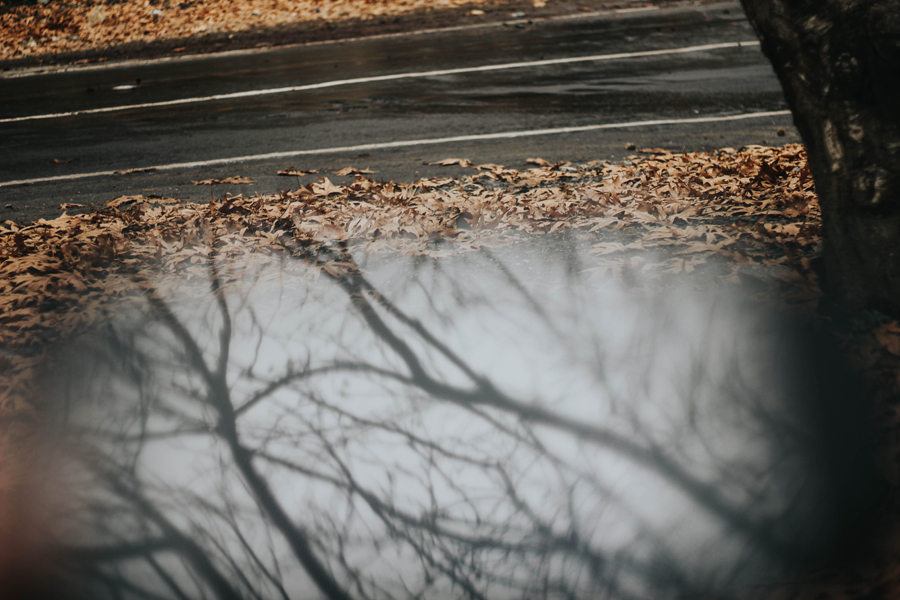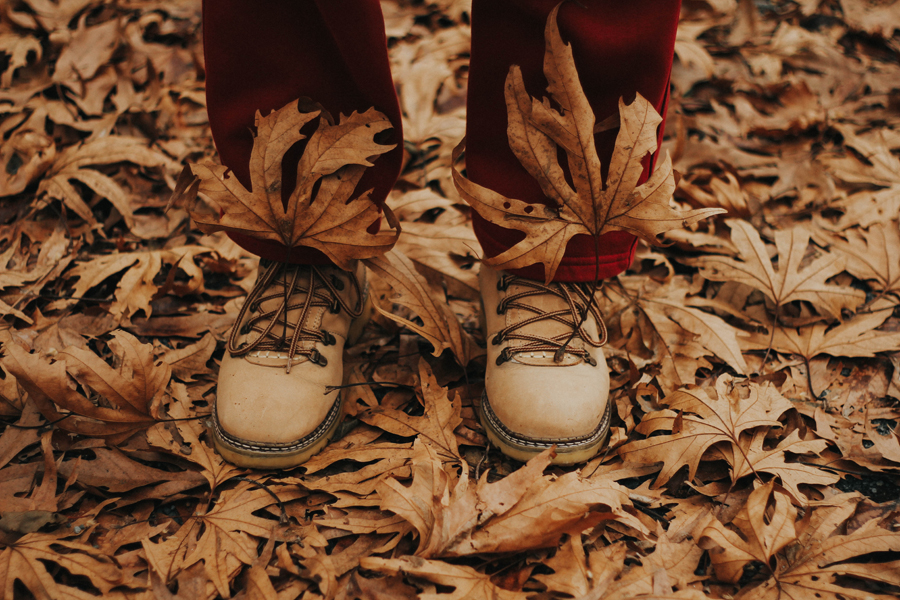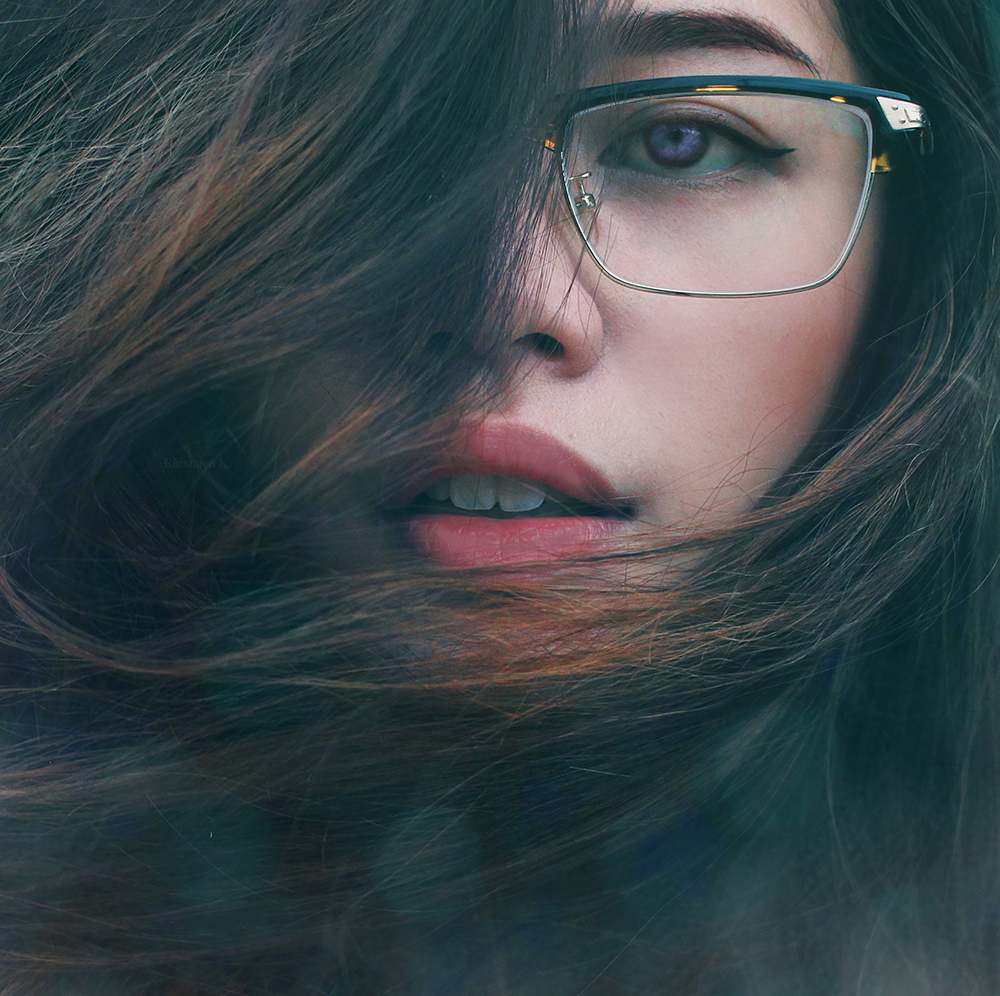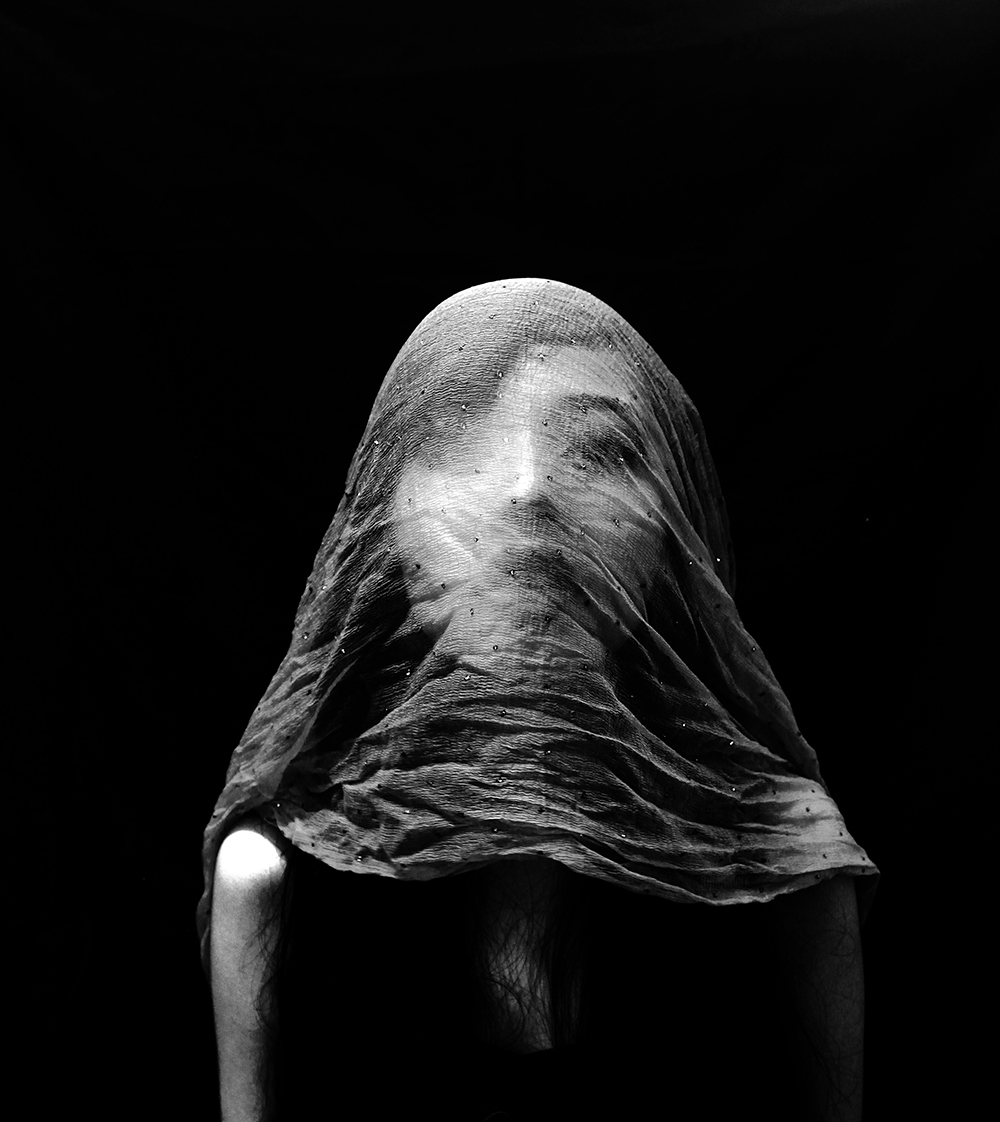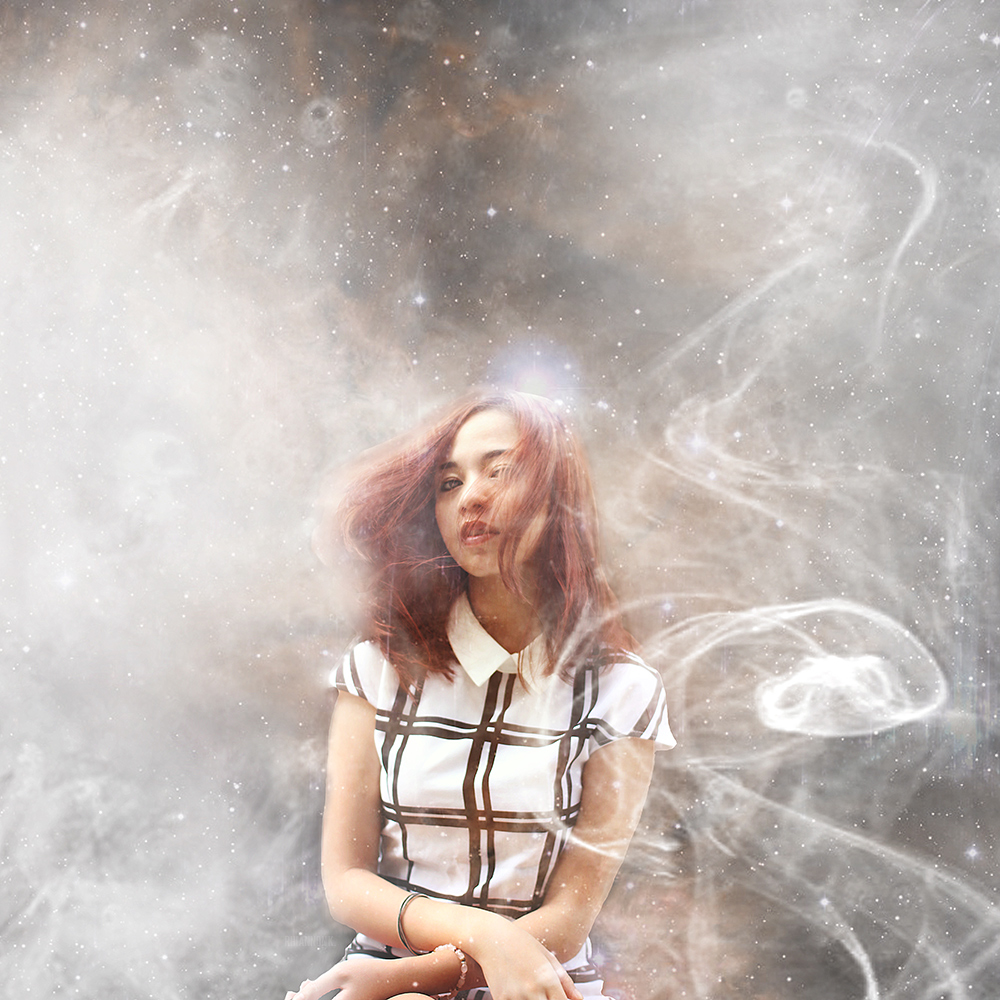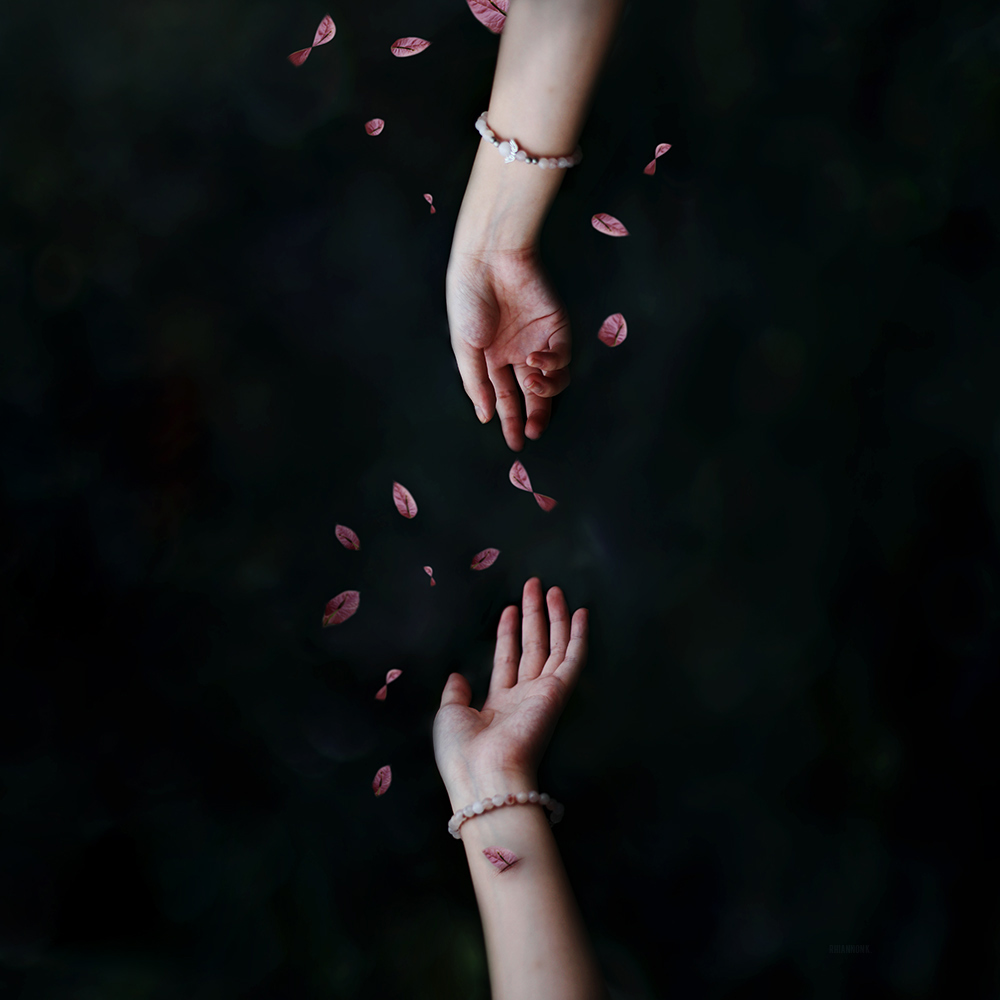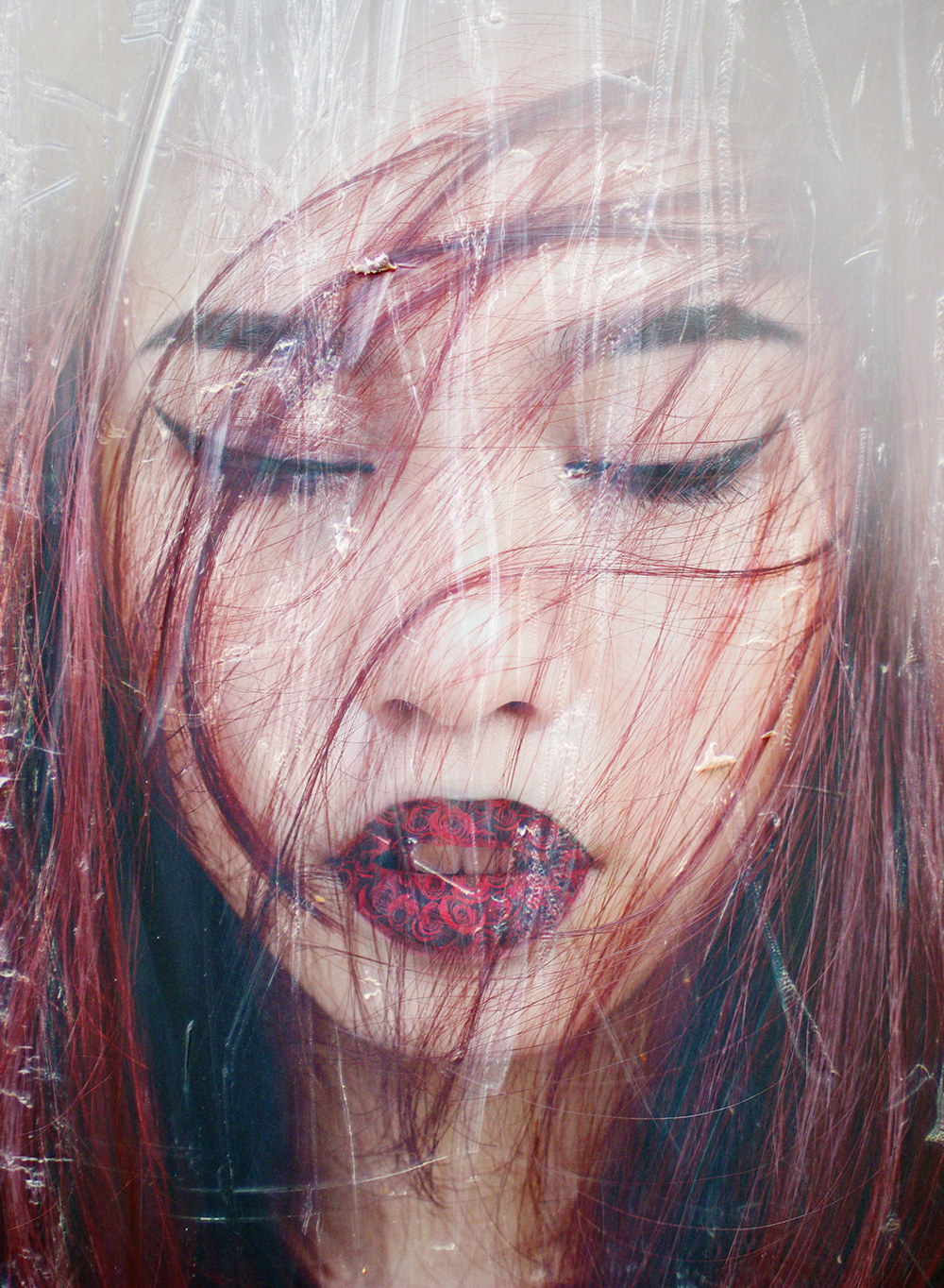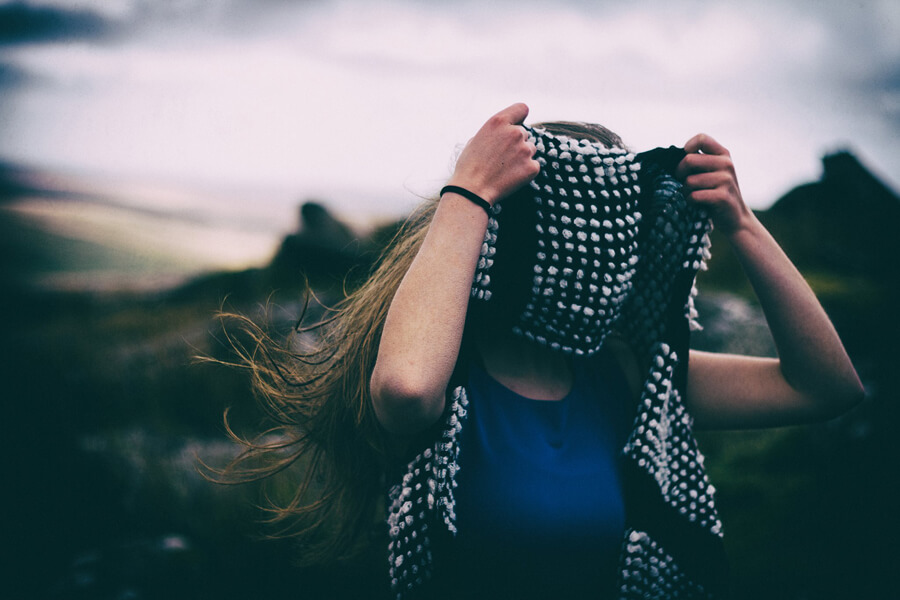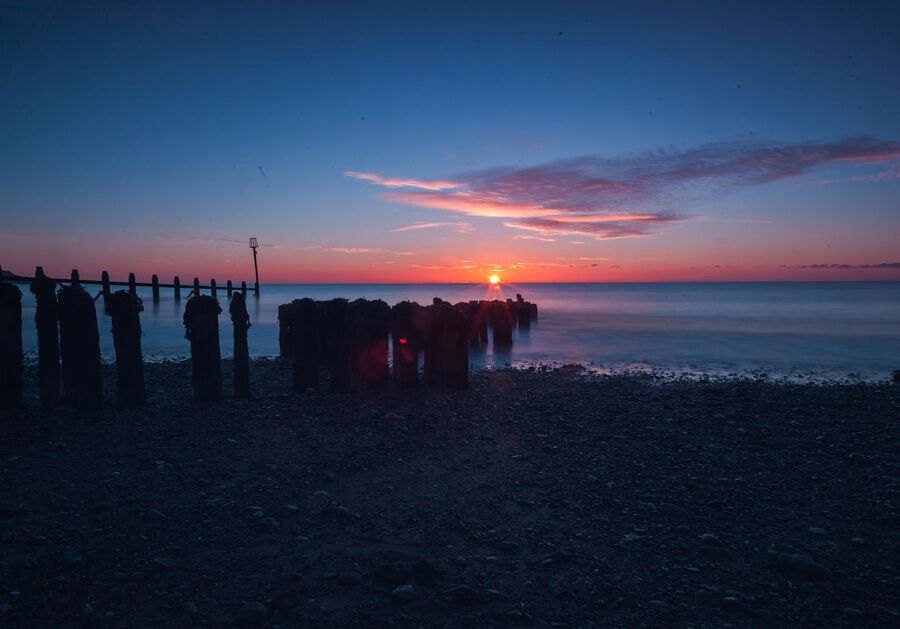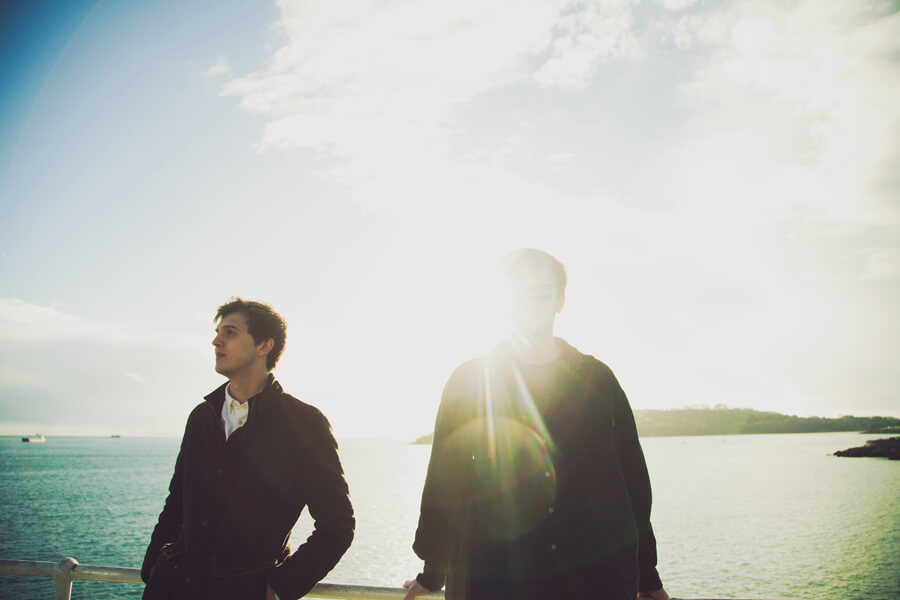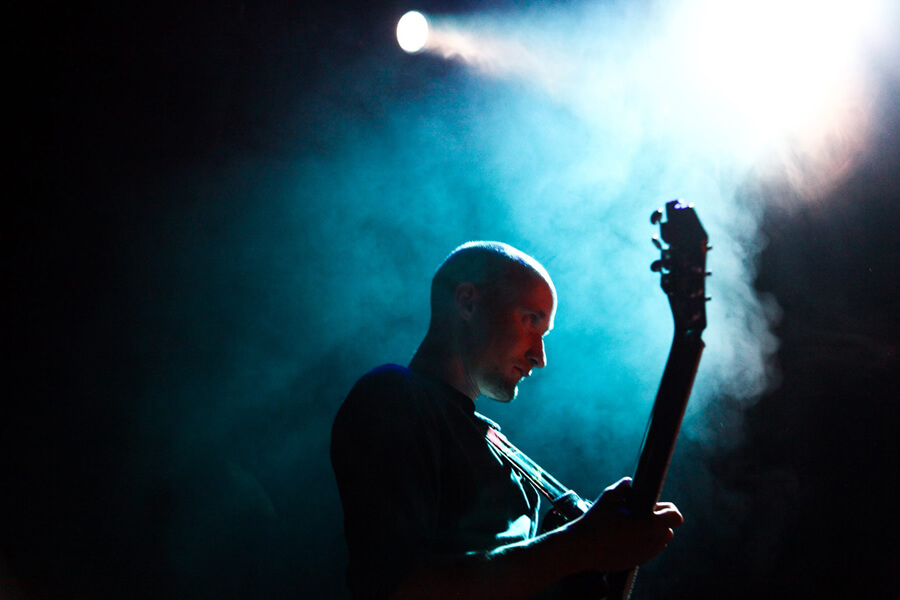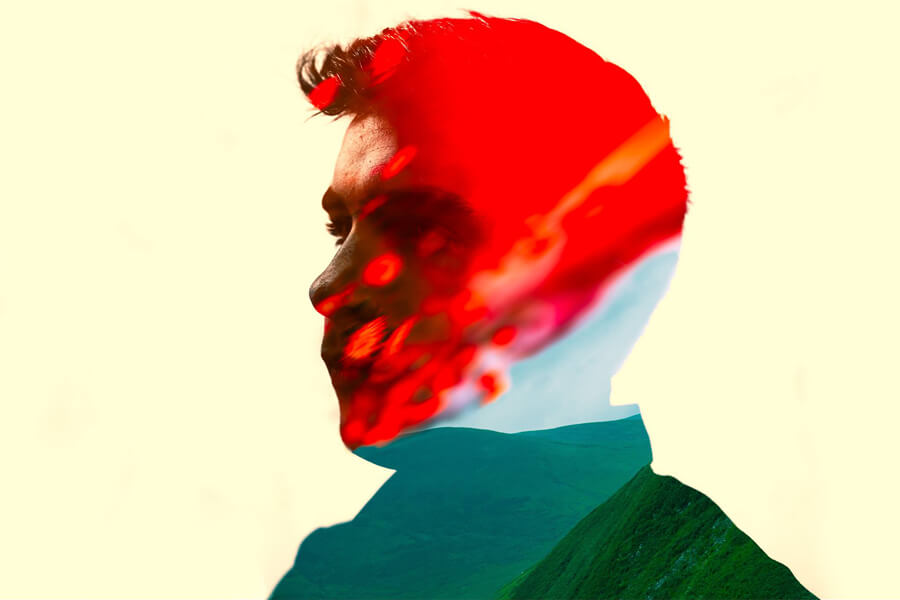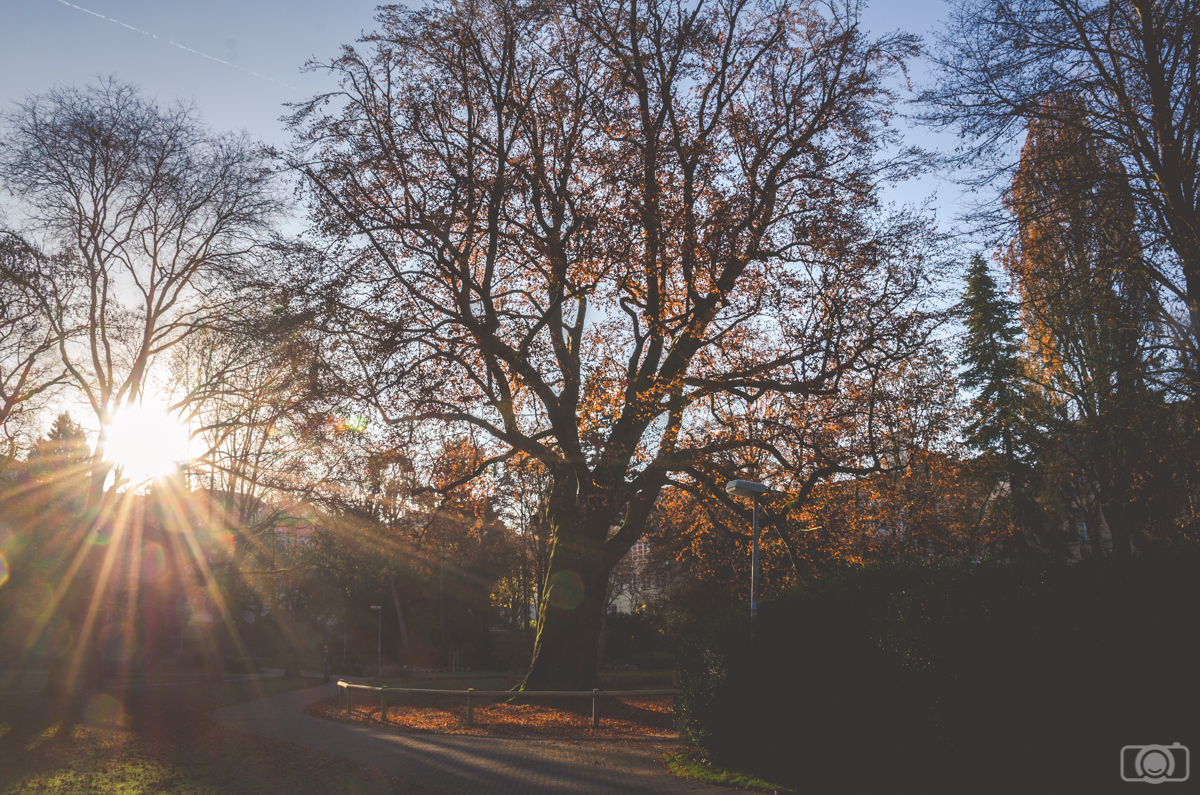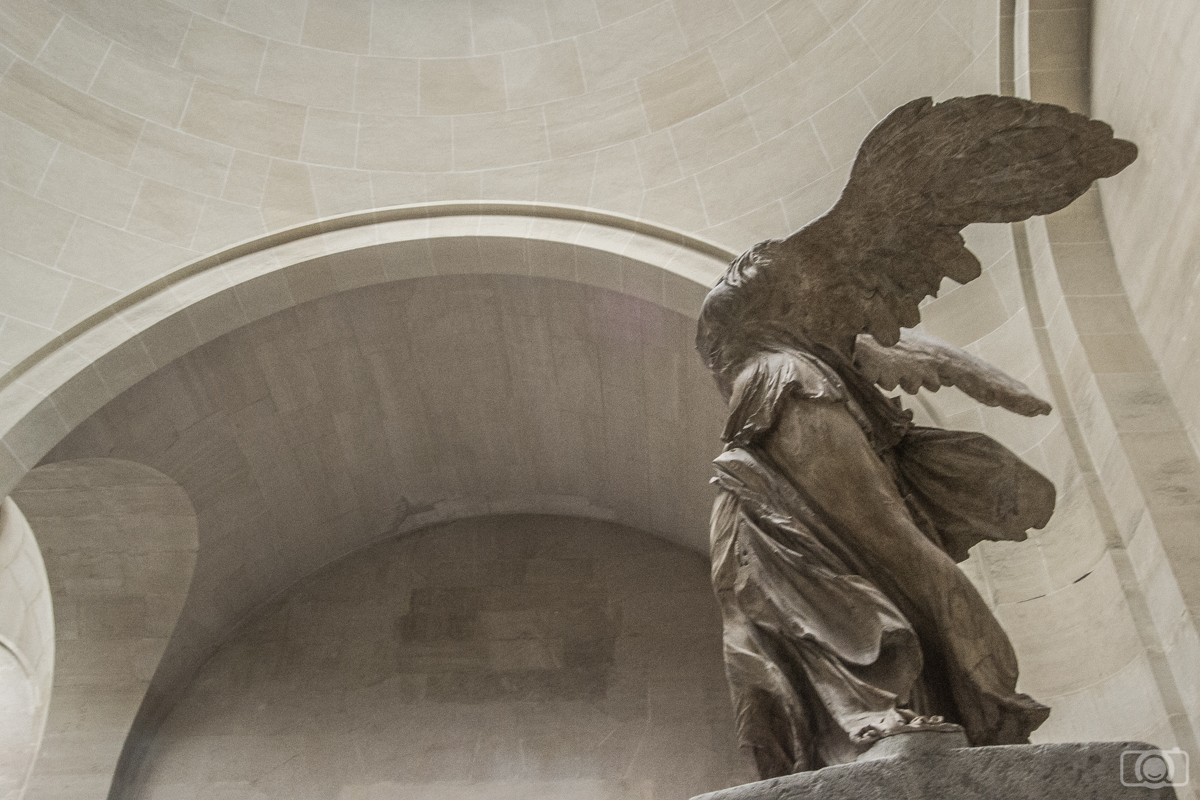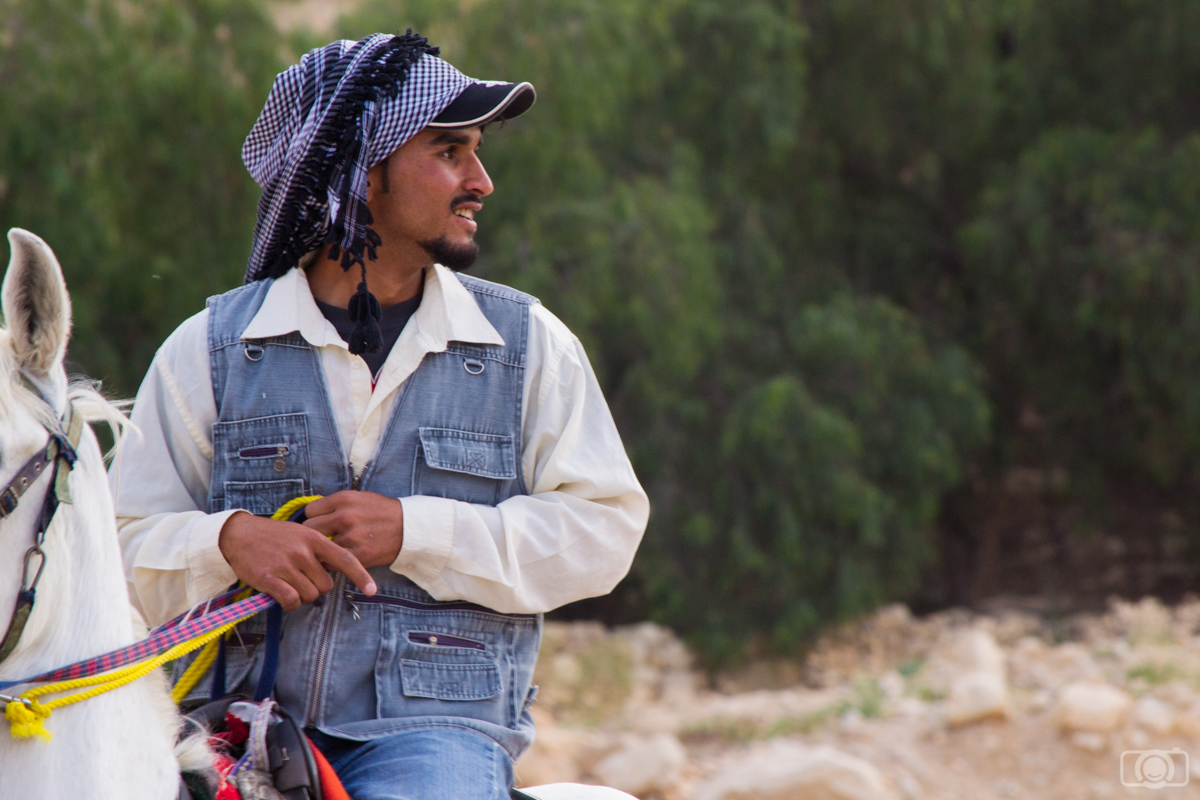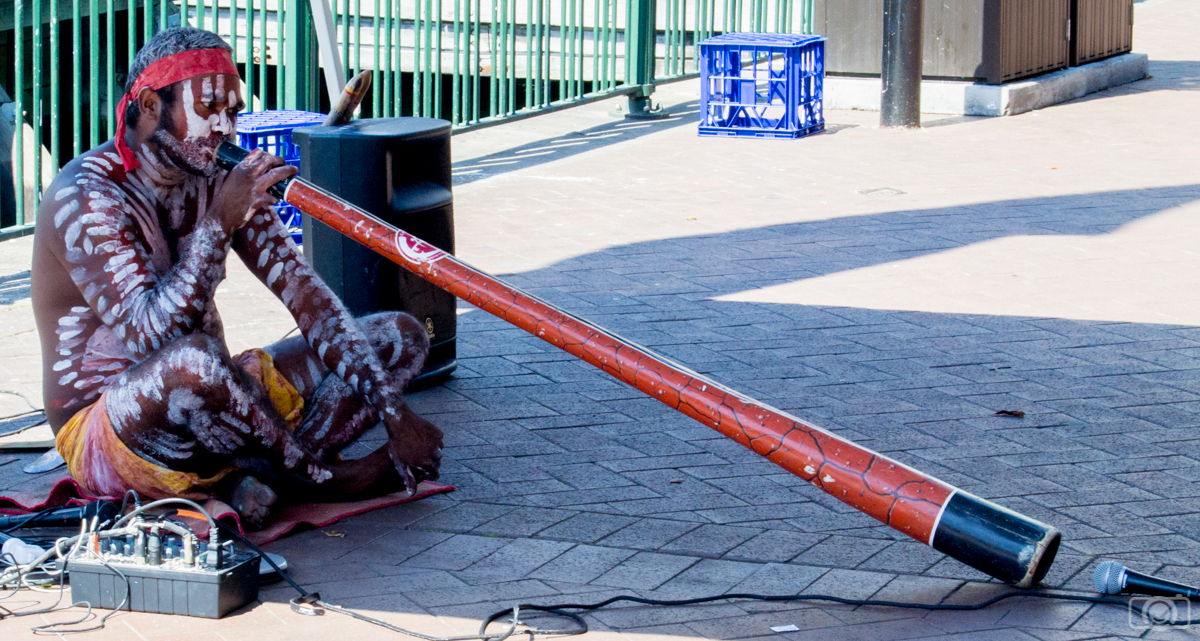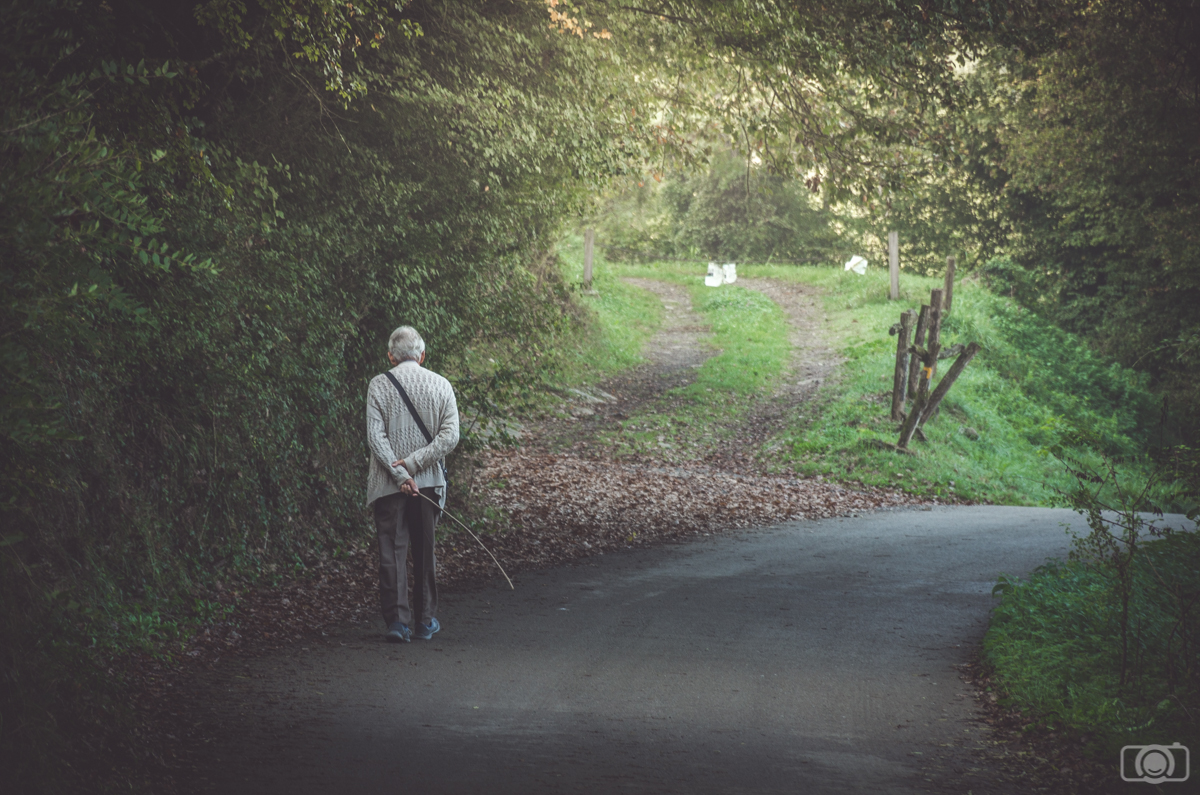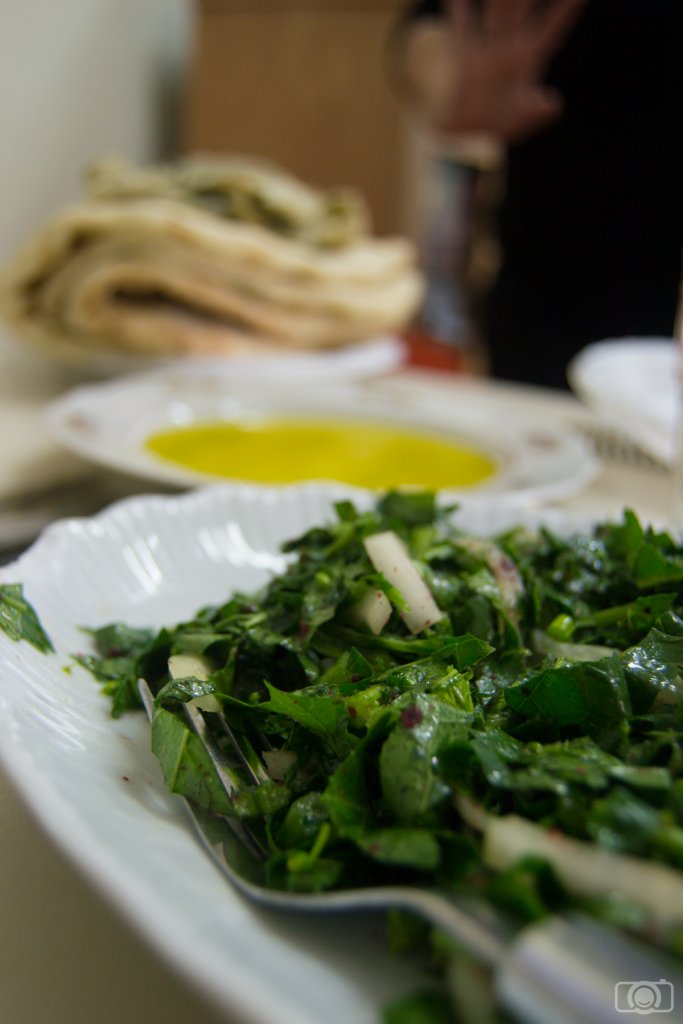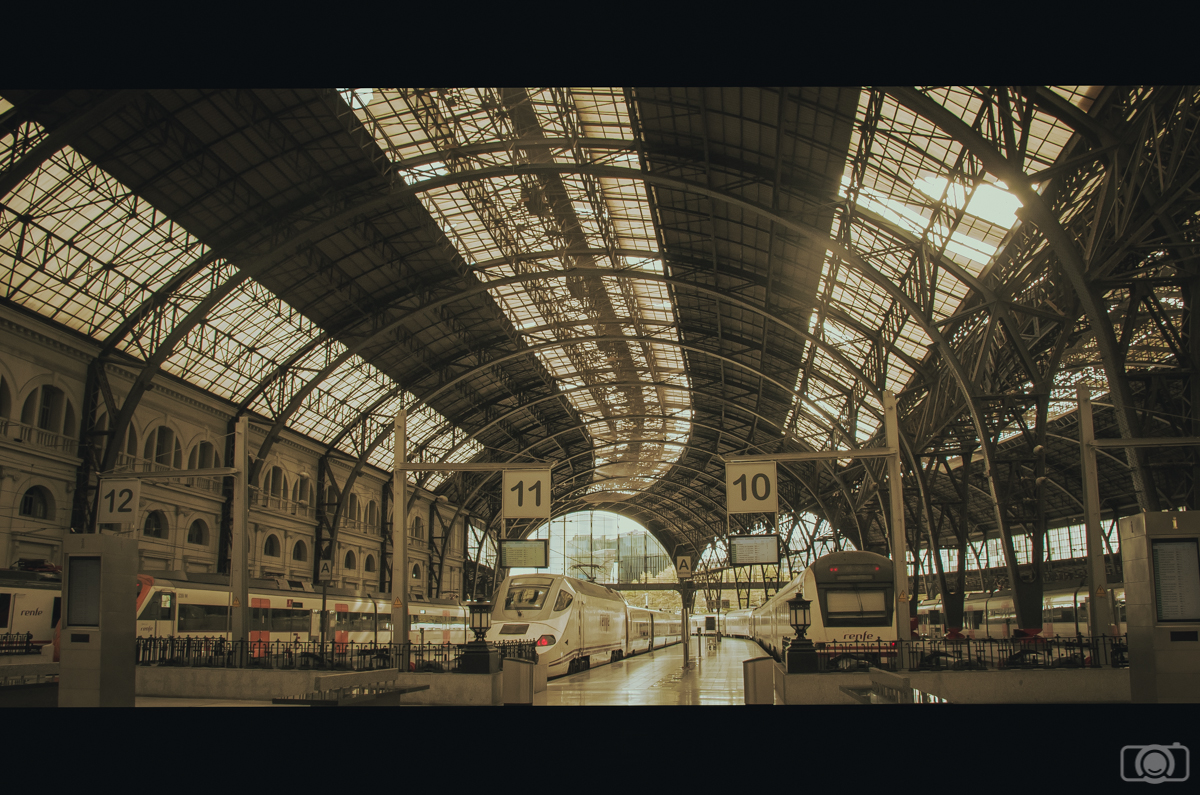“At 7 years old, when my dad gave me my first canon film camera. I would run around with him and we would photograph things from different angles – his as a tall, towering, strong man and mine as a small, curious little girl.”
– Fine“It was 4 years ago, while I made photos with a borrowed camera. I had never had a camera before, so I put all my savings together and got it. At the beginning I had many doubts, but I knew that would be the beginning of something very good. I was attracted to the idea of starting to create something and translate it, especially to gather many ideas and see what things could be.”
– Pedro“My older sister started to get into photography when I was 12 and of course I wanted to be just like her, so I really wanted to try it. I got my first digital camera shortly after and I started posting on Deviant Art because that’s what my sister did. The community I found here encouraged me to try new things and keep going. What I love about photography is the equalizing nature of it. It’s not that photography is easy, but it’s very different from other areas of art. I enjoy drawing and other art media, but the learning curve is steep and I rarely like my creations. Whereas with photography, anyone has the ability to take a good photo so long as they have a good concept.”
– Jules“I have always been fascinated and inspired by photography. I can’t even remember the first time I fell in love with it.
The way some photographers manage to capture life and beauty in a photo is highly admirable and marvelous. For me, good photography is about capturing a moment in a way that forces us to stop for a second. When you look at a good photo, you forget all your thoughts for a moment and are filled with awe. And all of these good pictures stand out because you can experience in them a special quality of relatedness, a connection between your existence and the piece of art.I think it must have been this deep inner feeling that made me fall in love with photography and kept me drawn to it all along. I love taking photos myself but I also deeply enjoy looking at photos with this certain kind of quality.”
– Patrick“I guess I didn’t discover photography as such, it was a gradual thing as I grew up with it as a child because my Father was a keen hobbyist photographer, and, so, at the age of 18 (which was some considerable time ago now!), I was given my first camera – a Ricoh KR10 Super 35mm film camera and Pentax 50mm lens, this is where it all started for me! I’m not sure I ‘fell in love’ with photography, but I remember it was something that I was keen to do, although due to its creative nature I’ve always had something of a love/hate relationship with it. I guess anyone in the creative arts struggles with their relationship to whatever they’re doing. However, I’ve been involved with photography (as a hobbyist) now for over 30 years covering both film and digital, and I also spent 14 years professionally during the golden days of film and printing in the 80’s and 90’s as a photographic lab technician serving professional photographers, I was young then, and so it was an exciting time to be in that industry, and I got to play with some awesome and strange (a 10×8 camera that ran on rails like a train!) kit over those years. So, I guess I must like photography more than not! I’m happiest with my photography when my images are published and used commercially, that gives me the greatest and biggest thrill, as it validates what I’m producing has genuine worth, is genuinely liked, and as a hobbyist means on some occasions I can compete with the pros!”
– Andy“The first time I fell in love with photography truly was on the Christmas of 2014, where I was given my very own dslr, the 400d. With that, it didn’t leave my side all Christmas and I remember taking it for walks on the beach so I could photograph my very first sunset. From that experience, I was hooked with the photography bug!”
– Elliot“The first time I fell in love with photography was summer of 2015 while I was living in London, England. Upon being there I met a variety of fine art photographers whose style was all so different, but so moving and incredible. I struggled a lot with self-acceptance and self-expression, being around these amazing people and seeing the wonderful creations they were capable of bringing to life once they expressed themselves gave me the motivation to do it too! I realized we are all so different and that’s the beauty of not just being an artist, but being yourself! 😃 Photography is such an impactful part of my life, it has brought many opportunities and great friendships to me. It gives me the ability to express myself and show people what I see in a very touching way.”
– Davi“I discovered photography when I was in highschool. I was a big fan of street photography and nature. At first, I just love to look at awesome pictures taken by photographers. I look at them for hours and hours thinking about how they capture that moment and be in that moment. I was inspired by it! I told myself that I wanna be in the moment too. I remember the first DSLR camera I bought. The feel and the sound of the shutter when I first hit it. It’s a surreal moment and it was a wonderful feeling. I fell in love with it. I took pictures on every single moment. Mistakes are common and you’ll learn eventually. I started to ask every photographer friends I know to learn more about it. Learning never stops, that’s true with Photography. Although I’m currently in a long hiatus because of my work, I would love to get back on track very soon for the love of photography.”
– Jem“I discovered photography by accident in 2008. I still remember the year because I was doing a mini research about Paris (which I went the next year) and then stumbled upon a Parisian blogger who that time used flickr! Then, I explored the magic on flickr and saw many beautiful creations there and instantly loved photography. I discovered Nirrimi, Taya and many local photographers such as Bak & Umar Mita who motivated me to pursue the field.”
– Lala“I fell in love with photography when I discovered a collection of breathtaking self-portraits on DeviantArt. I was amazed by how much effort a single photographer could put into a photoshoot. They did everything – modelling, planning the shot, placing equipment, and editing – on their own. I admired such strong independence and decided to try it out myself.”
– Taya
- Contact
- About
- Free Resources
- FAQ’s & Help
- Frequently Asked Questions
- Sleeklens Editing Service FAQs
- Sleeklens Photography Courses FAQs
- Guide On How to Install Lightroom Presets For Mac and Windows
- How to Install Presets in Lightroom Mobile
- How to Install Lightroom Brushes
- How to Stack Lightroom Presets
- How to Install Photoshop Actions
- How to Use Overlays in Photoshop Elements
- How to use Photography Templates
- Top Products
- Lightroom Portrait Presets
- Real Estate Lightroom Presets
- Lightroom Landscape Presets
- Wedding Lightroom Presets
- Photoshop Actions For Portraits
- Boudoir Lightroom Presets
- Lightroom Hdr Presets
- HDR Action Photoshop
- Fashion Lightroom Presets
- Lightroom Brushes For Portraits
- Newborn Lightroom Presets
- Landscape Photoshop Actions
- Real Estate Photography Course
- Vsco Lightroom Presets
- Black And White Lightroom Presets
- Winter Lightroom Presets
- Useful Articles


